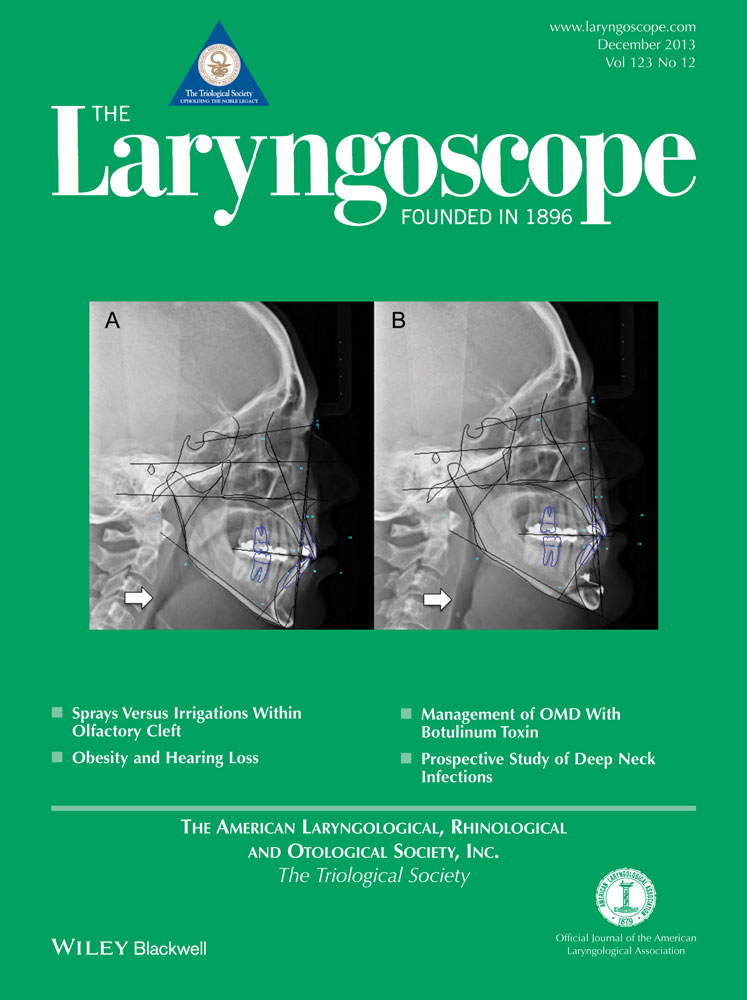Virtual surgical planning in endoscopic skull base surgery
Supported by the Kevin and Sandra Sullivan Chair in Surgical Oncology, RACH Fund, Hatch Fund, and Nachwuchsfoerderungskredit of the University of Zurich.
The authors have no other funding, financial relationships, or conflicts of interest to disclose.
Abstract
Objectives/Hypothesis
Skull base surgery (SBS) involves operative tasks in close proximity to critical structures in a complex three-dimensional (3D) anatomy. The aim was to investigate the value of virtual planning (VP) based on preoperative magnetic resonance imaging (MRI) for surgical planning in SBS and to compare the effects of virtual planning with 3D contours between the expert and the surgeon in training.
Study Design
Retrospective analysis.
Methods
Twelve patients with manually segmented anatomical structures based on preoperative MRI were evaluated by eight surgeons in a randomized order using a validated National Aeronautics and Space Administration Task Load Index (NASA-TLX) questionnaire.
Results
Multivariate analysis revealed significant reduction of workload when using VP (P<.0001) compared to standard planning. Further, it showed that the experience level of the surgeon had a significant effect on the NASA-TLX differences (P<.05). Additional subanalysis did not reveal any significant findings regarding which type of surgeon benefits the most (P>.05).
Conclusions
Preoperative anatomical segmentation with virtual surgical planning using contours in endoscopic SBS significantly reduces the workload for the expert and the surgeon in training.
Level of Evidence
4. Laryngoscope, 123:2935–2939, 2013




